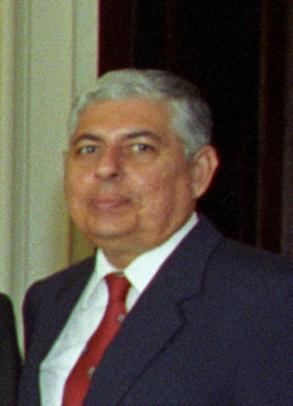30 June 1993 1998 → 13 seats 15 seats 16 seats 13 seats | 1983 1956 11 seats 17 seats 5 4 | |
 | ||
General elections were held in Belize on 30 June 1993. Although the People's United Party received the most votes, the United Democratic Party-National Alliance for Belizean Rights alliance won more seats. Voter turnout was 72.1%.
Contents
Background
British forces, kept in Belize by agreement of its government since independence in 1981, were scheduled to leave in 1993 or 1994. There was widespread belief that Belize would fall prey to Guatemalan incursions if the British left.
The PUP won the previous election with a two-seat majority. However, by early 1993 its majority had increased to six thanks to newly elected UDP Area Rep. William Usher of Toledo West crossing the floor to the PUP days after the 1989 election, and a January 1993 by-election win in Freetown after the UDP's Derek Aikman was forced to resign due to bankruptcy. Success in the subsequent March municipal elections also gave the PUP added confidence.
Meanwhile, the UDP had been in apparent disarray since 1991, when a group led by longtime Area Rep. Philip Goldson broke with the party to form the National Alliance for Belizean Rights over disagreements on how to handle the longstanding Belizean–Guatemalan territorial dispute. This all compelled Prime Minister George Price to call elections nearly 18 months early (they were not constitutionally due until at least December 1994).
With Price's move the UDP and NABR promptly sought a coalition to achieve victory at the polls. However, Goldson was the NABR's only successful candidate. Although the PUP won a majority of votes nationwide, the UDP/NABR coalition won a slim majority of seats and therefore formed the next government. The election would be Price's last as PUP leader after over 35 years. He was succeeded as party leader in 1996 by Said Musa.
Results
This was an extremely close election in several constituencies:
